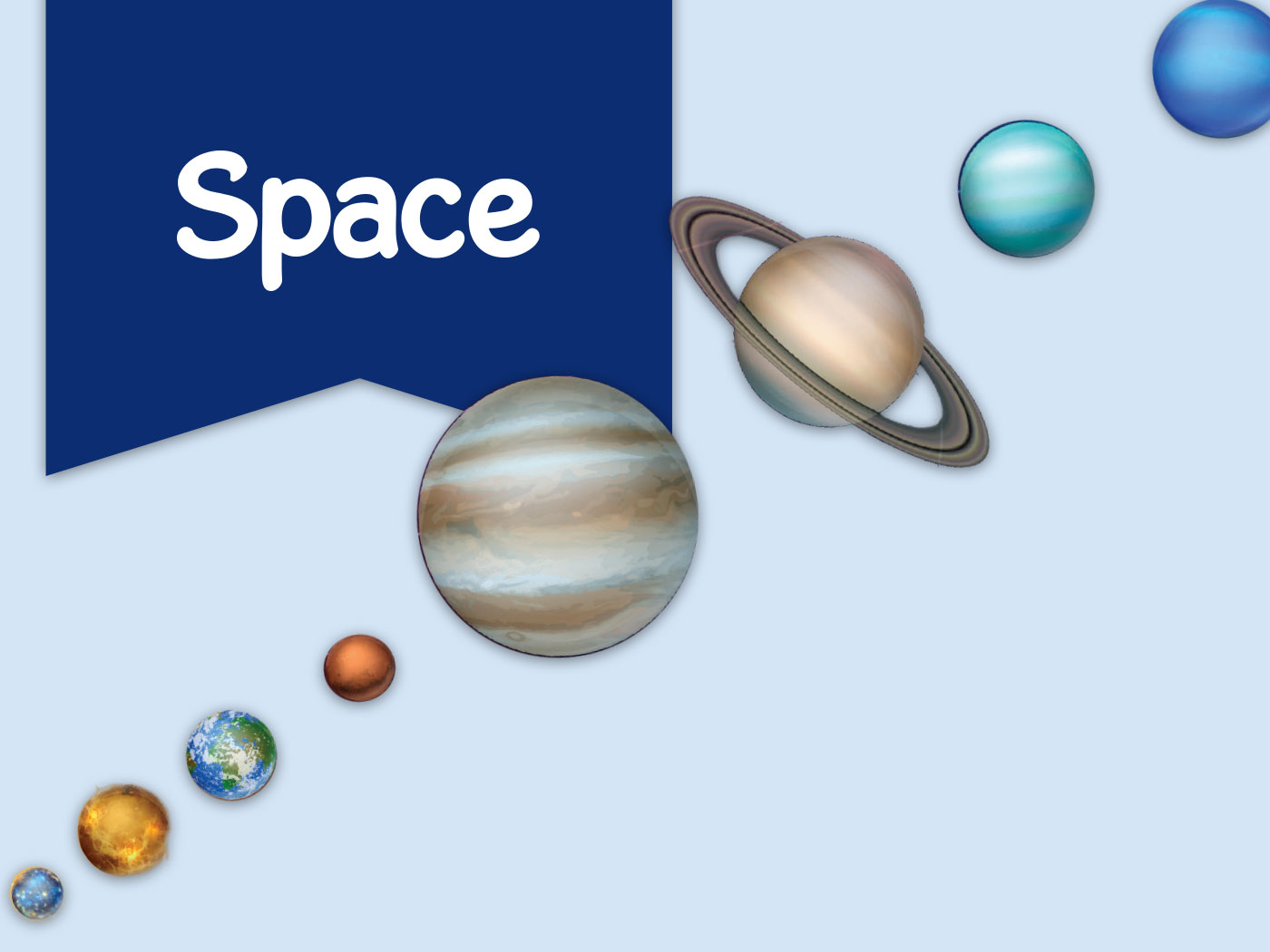One of the most serious fallacies of modern thought is the widespread notion that biblical Christianity is in conflict with true science and, therefore, that genuine scientists cannot believe the Bible. The scientific method is built on empirical testing of hypotheses, and since creation and other biblical doctrines cannot be tested in the laboratory, they are considered nonscientific, to be taken strictly on faith. Furthermore, it is commonly believed that the Bible contains many scientific errors. At the very most, it is contended, a scientist may be able to accept the spiritual teachings of the Bible if he wishes, but never its scientific and historical teachings.
Such a charge is tragically wrong, however, and has done untold damage. Thousands of scientists of the past and present have been and are Bible-believing Christians. As a matter of fact, the most discerning historians and philosophers of science have recognized that the very existence of modern science had its origins in a culture at least nominally committed to a biblical basis, and at a time in history marked by a great return to biblical faith.
As a matter of fact, authorization for the development of science and technology was specifically commissioned in God's primeval mandate to Adam and Eve (Genesis 1:26-28), and many early scientists, especially in England and America, viewed it in just this way. The study of the world and its processes is really, as Johann Kepler and other great scientists have maintained, "thinking God's thoughts after Him," and should be approached reverently and humbly.
In the next few months, therefore, we will present a number of brief biographical testimonies of important scientists who professed to be Bible-believing Christians. Many of these names will be names familiar to every science student, but he or she may not know that these men also were Christians (this fact is commonly ignored or slighted in present-day scientific literature). This will by no means be an exhaustive list, but it should at least put to rest the common misconception that no first-class scientist can be a Bible-believing Christian.
Some of these scientists lived before the rise of modern Darwinism, but they were certainly well aware of evolutionary philosophy (which has been around since antiquity) and of scientific skepticism in general (deism, humanism, atheism, pantheism, and other antibiblical philosophies were very real threats to Christian theism long before the modern era). Nevertheless, they were all convinced of the authority of Scripture and the truth of the Christian worldview.
Like people in other professions (even preachers), scientists have held a variety of specific religious beliefs. The inclusion of a particular scientist in this collection will not indicate that we would or would not endorse his personal behavior or particular doctrinal or denominational beliefs. Our only criteria will be that, in addition to being a highly qualified scientist, he believed in the inspiration and authority of the Bible, accepted Jesus Christ as the Son of God, and believed in the one true God of the Bible as the Creator of all things. They will also be seen to represent many different fields of science. In other words, there have been leading scientists in every field of science who have studied both the Bible and their own scientific disciplines in depth, and who are firmly convinced the two are fully compatible.
This article was adapted from Morris, Henry M. 1988. Men of Science, Men of God. Green Forest, AR: Master Books, 1-3.
* Dr. Morris was the founder of the Institute for Creation Research.
Cite this article: Morris, H. 2008. The Biblical Origins of Modern Science. Acts & Facts. 37 (2): 9.






















